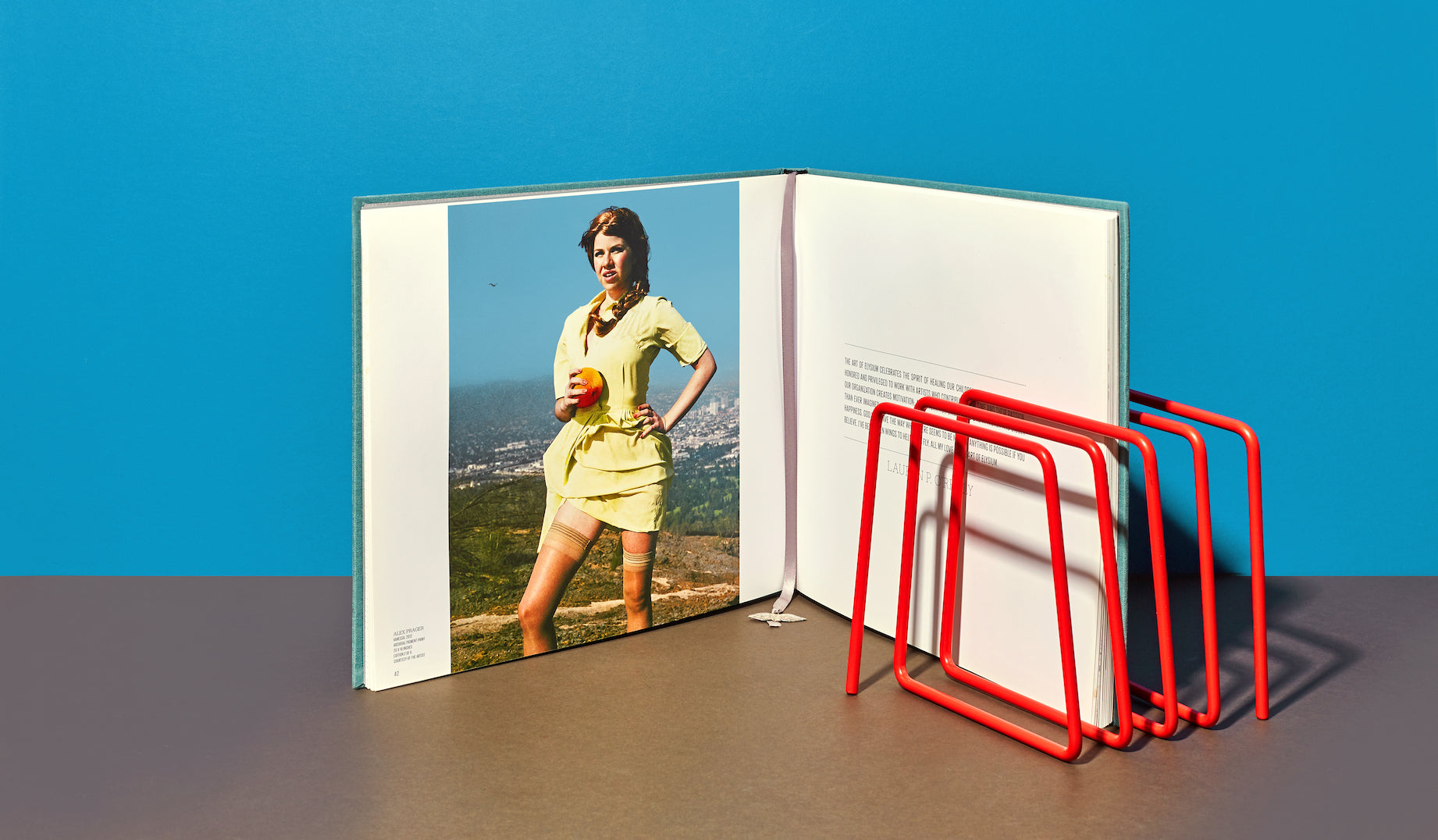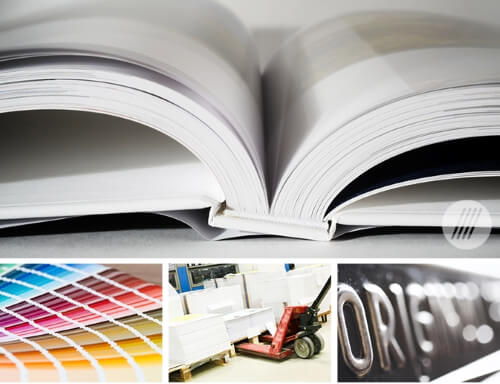Unique Features That Add Value to Your art book
Unique Features That Add Value to Your art book
Blog Article
Discover the Important Guide to Art Book Printing for Aspiring Artists and Publishers
As a hopeful artist or publisher, comprehending the subtleties of art book printing is important to bringing your vision to life. You'll need to think about numerous variables, from choosing the right kind of book to guaranteeing shade accuracy and choosing suitable materials. Each decision impacts the final product considerably. What are the essential elements you should concentrate on to develop a spectacular art book that absolutely represents your job?
Understanding Various Types of Art Books
When you plunge into the globe of art books, you'll rapidly find that they come in numerous types, each customized to different artistic expressions and target markets. Coffee table publications commonly display stunning visuals, ideal for casual surfing, while essays dive deep right into an individual musician's job, providing context and understandings. If you have an interest in specific art motions, exhibition magazines use comprehensive paperwork of shows, featuring essays and reviews.
For educational purposes, art guidebooks and strategy publications guide you with various tools and styles, making them essential for aspiring artists. Each style offers its function, and knowing their differences can enhance your art book trip.
Picking the Right Paper and Products
Selecting the appropriate paper and materials can considerably affect the general top quality and feel of your art book. Beginning by considering the sort of art work you have. For vibrant shades and detailed details, choose a glossy coating or a heavyweight matte paper that boosts visual deepness. If your job features softer tones or structures, a natural or uncoated paper can give a warm, inviting touch.
Think of the weight of the paper, also. Thicker choices usually lend an even more expert look, while lighter documents can decrease printing costs. Don't forget about the binding materials; a durable cover can secure your pages and include in the book's aesthetic.
Finally, consider sustainability. Environmentally friendly alternatives are obtaining popularity and can show your worths as a musician. By thoroughly selecting your paper and materials, you'll assure that your art book not just looks excellent however additionally really feels unique in the hands of your viewers.

Selecting the most effective Printing Methods
When it concerns publishing your art book, picking between balanced out and digital printing can considerably affect your final product. You'll additionally wish to take right into account just how paper top quality impacts the general feel and look of your art work. Allow's check out these crucial printing strategies to find the most effective suitable for your project.
Offset vs. Digital Printing
While both countered and electronic printing have their benefits, picking the appropriate technique for your art book can significantly influence the final product. Countered printing uses top quality photos and lively colors, making it optimal for larger print runs. Ultimately, your option ought to straighten with your artistic vision and circulation technique, making sure that your art book mirrors the top quality you want.
Paper High Quality Considerations
Picking the right paper quality can significantly enhance the aesthetic allure and tactile experience of your art book. Beginning by thinking about the weight and texture of the paper. Larger paper typically feels more lavish and can much better showcase lively shades and intricate details. For prints, a glossy surface can make photos pop, while a matte coating provides a softer, much more refined look. Don't ignore the paper's illumination; brighter sheets can improve shade accuracy and comparison.
Following, think of the sustainability of your choice. Green options are coming to be significantly preferred and can interest environmentally-conscious visitors. Demand examples to see how various documents function with your artwork, guaranteeing the last item mirrors your vision flawlessly.
Guaranteeing Shade Precision in Your Prints
To achieve magnificent prints, you need to concentrate on shade accuracy from the beginning. You'll intend to use color calibration methods to validate your display and printer are in sync. Additionally, proofing your job before the last print run can help capture any type of discrepancies, guaranteeing your art looks equally as you envisioned.
Color Calibration Strategies
Guaranteeing color accuracy in your prints begins with reliable color calibration methods that assist preserve consistency between your digital images and last published items. Calibrate your monitor utilizing hardware calibration devices to achieve the ideal shade representation. This validates that what you see on-screen suits what gets published. Next, choose a color profile suited for your printing process, like CMYK for print products. Routinely examine your printer's settings and keep it to stay clear of shade changes. It's likewise necessary to utilize premium paper that complements your inks, as different surfaces can substantially impact color outcome. By constantly using these strategies, you'll enhance the total high quality of your art prints and much better share your artistic vision.
Proofing for Accuracy
While you might believe your electronic pictures are all set for print, proofing is vital for attaining color accuracy. Before dedicating to a complete print run, constantly ask for a proof from your printer.
If modifications are needed, interact plainly with your printer regarding your wanted outcomes. Do not wait my latest blog post to request several evidence if essential; it's worth the financial investment to get it right. Inevitably, detailed proofing assurances that your art work is represented as you visualized it, keeping your creative stability throughout the printing procedure.

Creating Layouts That Enhance Your Art Work
When you design layouts for your art book, it's necessary to ponder exactly how each element interacts with your art work. Purpose for a balance between visuals and message, guaranteeing neither overshadows the various other. Usage white space tactically; it gives your art work area to breathe and accentuates its information.
Take into consideration the circulation of your book. Arrange images in such a way that guides the viewers's eye, developing a narrative or thematic development. art book. Differ the dimensions and positionings of your artwork to keep the design dynamic and intriguing
Select font styles that complement your artwork without sidetracking from it. Maintain text concise and pertinent, giving context or understanding that improves the audience's experience.
Ultimately, test various designs. Publish examples to see exactly how the layouts equate on paper, and readjust as needed. By thoughtfully making your layouts, you'll produce a visually interesting art book that reverberates with your audience.
Binding Alternatives for an Expert Finish
Selecting the right binding choice can greatly affect the total discussion of your art book. You'll intend to take into consideration both aesthetics and resilience when making your choice. Popular choices consist of ideal binding, which offers a sleek appearance and is excellent for thicker publications; saddle stitching, ideal for smaller sized brochures; and spiral binding, which enables web pages to lay flat for simple watching.
If you're aiming for a premium go to the website feel, instance binding is an excellent selection, supplying a durable cover and an expert look (art book). Do not fail to remember about the cover material; options like fabric, natural leather, or a glossy finish can elevate your book's appeal
Whatever choice you choose, make certain it matches your art work and improves the viewers's experience. Take your time to evaluate the benefits and drawbacks of each method, so your last product mirrors the top quality of your creative vision.
Preparing Your Documents for Print Readiness
To ensure your art book like it is print-ready, you'll require to pay close focus to file preparation. Beginning by setting your record dimension to match your desired print dimensions.
Likewise, install your typefaces or convert message to describes to stay clear of any type of font style issues. Conserve your operate in a PDF format, as this is one of the most accepted file type for printers. Ascertain your documents for any type of typos or layout errors, as modifications can be costly after the reality. Finally, think about producing a proof to review before the last print run. Complying with these steps will assist you achieve a polished, expert art book.
Often Asked Inquiries
What Is the Ordinary Cost of Printing an Art Book?
The standard expense of printing an art book differs, but you can anticipate to pay anywhere from $5 to $20 per copy, depending upon variables like size, paper top quality, and printing quantity.
Exactly How Can I Discover a Reliable Printing Company?
To locate a trustworthy printing firm, begin by investigating online evaluations and asking other artists for suggestions. Contrast quotes, inspect profiles, and communicate your requirements plainly to ensure they comprehend your vision and quality assumptions.
What Is the Common Turnaround Time for Printing?
The typical turn-around time for printing differs however typically ranges from one to four weeks. Variables like task intricacy and volume can impact this. Constantly verify with your selected printer for certain timelines and assumptions.
Can I Publish My Art Book in Limited Quantities?
Yes, you can definitely publish your art book in limited quantities. Numerous printing business provide short-run options, enabling you to produce simply the number you need, making it much easier to take care of expenses and stock.
What Legal Considerations Should I Know for My Art Book?
You should think about copyright, licensing arrangements, and model releases when developing your art book. Ensure you can make use of all images and text, securing on your own from possible lawful concerns in the future.
Report this page